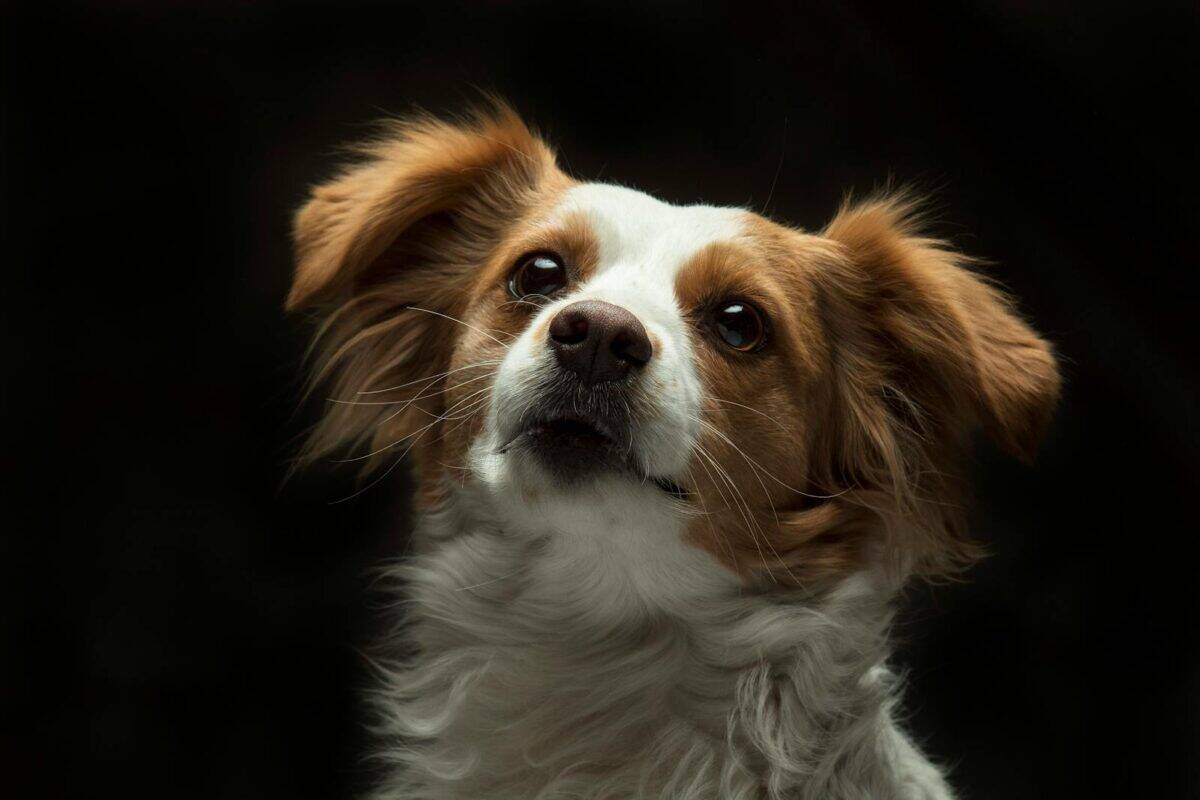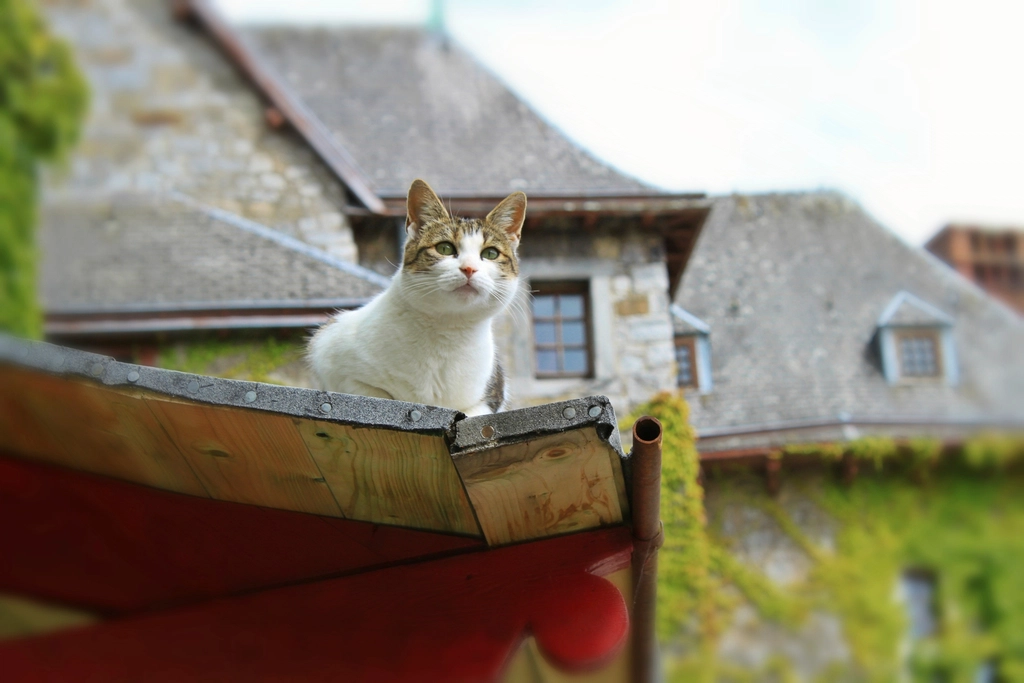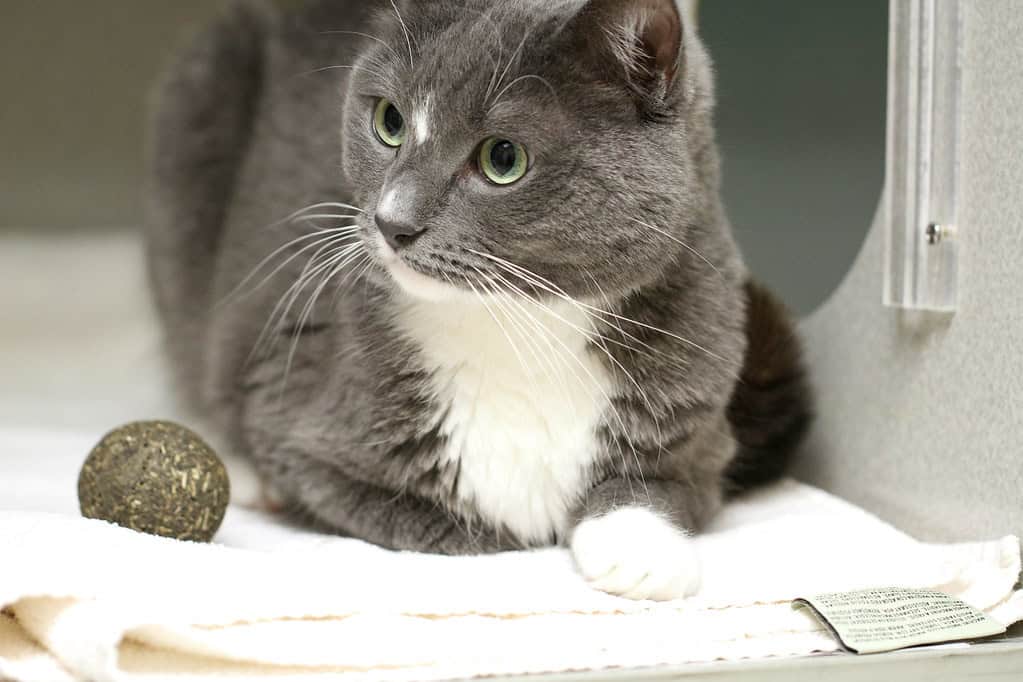From the mischievous Cheshire Cat to the loyal Max in “The Secret Life of Pets,” animated movies have long captured our imagination with their portrayal of animal behavior. These charming characters often display human-like traits, performing impressive stunts and expressing complex emotions. But how much of what we see on screen actually reflects real pet behavior? This article explores the accuracy of pet antics in animated films, examining where Hollywood gets it right and where artistic license takes over. By understanding the reality behind these beloved characters, we can appreciate both the creative genius of animators and the fascinating natural behaviors of our animal companions.
The Anthropomorphism Effect

Anthropomorphism—attributing human characteristics to animals—is the cornerstone of animated pet characters. Films like “Lady and the Tramp” or “101 Dalmatians” present dogs with human thoughts, motivations, and even the ability to communicate through language. While real pets do not engage in human speech or complex planning as depicted in these movies, they do exhibit sophisticated communication systems of their own, including body language, vocalizations, and facial expressions that convey their emotional states.
Scientific research has shown that dogs can understand approximately 165 words, recognize emotional tones, and interpret human facial expressions. Similarly, cats communicate through a complex system of vocalizations, body postures, and facial expressions. These communication abilities, while impressive, fall far short of the articulate conversations portrayed in animated films. The anthropomorphism in these movies serves narrative purposes but creates misconceptions about how pets actually experience and interact with the world.
Physical Capabilities: Fact vs. Fiction

Animated pets often perform physical feats that defy the laws of physics and biology. Consider the nimble martial arts skills of Kung Fu Panda or the acrobatic maneuvers of Bolt. While these portrayals are entertaining, they frequently exaggerate real animal capabilities. Cats, for example, are indeed remarkable jumpers, capable of leaping up to six times their length, but they cannot perform the perfectly choreographed stunts seen in films like “Puss in Boots.” Dogs display impressive running speeds—greyhounds can reach 45 mph—but cannot execute the complex action sequences depicted in movies like “Bolt.”
That said, some animated films do accurately capture the essence of animal physicality. The way Dug in “Up” exhibits excited body language and the hunting instincts of Simba in “The Lion King” reflect genuine animal behaviors. These more grounded portrayals offer glimpses of how animals actually move and interact with their environments, albeit in stylized forms that serve the narrative and visual style of the films.
Emotional Intelligence in Animated Pets

One of the most significant discrepancies between animated pets and their real-life counterparts lies in their emotional complexity. Animated films routinely show animals experiencing sophisticated emotions like guilt, shame, jealousy, and nostalgia. While research confirms that animals experience basic emotions such as fear, anger, happiness, and attachment, the evidence for complex secondary emotions remains limited. Dogs, for instance, might show behaviors that look like guilt after misbehaving, but studies suggest this is more likely a learned response to human disappointment rather than genuine remorse.
However, recent animal cognition research has revealed greater emotional depth in pets than previously recognized. Dogs demonstrate empathy-like behaviors, mourning behaviors have been observed in elephants and primates, and long-term memories in various species suggest some capacity for nostalgia-adjacent experiences. While animated films undoubtedly exaggerate these capabilities, they sometimes capture genuine emotional connections that mirror the bonds we form with our pets, particularly in films like “Marley & Me” or “Hachi: A Dog’s Tale,” which are based on true stories.
Species-Specific Behaviors: When Animation Gets It Right

Despite creative liberties, animated films occasionally nail species-specific behaviors with impressive accuracy. Disney’s “The Aristocats” correctly portrays feline grooming habits, territorial behaviors, and the natural grace of cats. “Finding Nemo” includes remarkably accurate clownfish behaviors, including their symbiotic relationship with sea anemones. “Ratatouille” captures many aspects of rat behavior, including their intelligence, dexterity, and social structures, even as it imagines them as culinary geniuses.
These accurate portrayals often result from extensive research by animation studios. Pixar, for example, is known for bringing in animal experts during production. For “Finding Nemo,” marine biologists were consulted to ensure the movements and behaviors of various fish species were represented accurately. Similarly, for “Ratatouille,” the animation team studied rat movements and behaviors in detail before creating Remy and his rodent companions. These efforts to ground fantastical stories in biological reality create more believable characters, even when those characters are performing improbable feats.
Interspecies Relationships: Hollywood Harmony vs. Reality

Animated films frequently depict harmonious relationships between different animal species that would be unlikely or impossible in nature. “The Secret Life of Pets” shows cats, dogs, birds, and rodents living together peacefully and even forming friendships. Similarly, “Zootopia” imagines a world where predators and prey coexist in perfect harmony. In reality, interspecies relationships are much more complex and often governed by predator-prey dynamics, territorial instincts, and evolutionary adaptations that create natural barriers to friendship.
That said, domestication and shared environments can lead to surprising interspecies bonds. There are documented cases of dogs adopting orphaned kittens, cats forming bonds with birds, and other unexpected animal friendships. These exceptions to natural patterns often occur in controlled environments with human intervention—similar to the domesticated settings of many animated films. While animated movies certainly romanticize these relationships, they aren’t entirely fictitious, but rather represent rare best-case scenarios that capture our imagination precisely because they transcend typical animal behavior.
The Science Behind Pet Intelligence

Animated films consistently portray pets as highly intelligent problem-solvers, capable of understanding complex situations and devising elaborate plans. Films like “Bolt,” “The Secret Life of Pets,” and “Oliver & Company” show animals operating machinery, understanding human language nuances, and coordinating sophisticated group efforts. While these portrayals greatly exaggerate animal cognitive abilities, they do contain kernels of truth about pet intelligence.
Scientific research has demonstrated remarkable cognitive abilities in many animals. Border collies can learn hundreds of words and associate them with specific objects. Pigs outperform dogs on certain cognitive tests and demonstrate self-awareness. Corvids (ravens and crows) use tools and solve multi-step problems. While no real animal matches the human-like reasoning of animated characters, the intelligence gap is perhaps smaller than many people realize. The exaggerated portrayals in animated films may help us appreciate the genuine cognitive abilities of the animals with whom we share our homes and planet.
Vocalization and Communication Accuracy

When animated pets aren’t speaking English, their barks, meows, and other vocalizations vary in accuracy. Some films meticulously recreate authentic animal sounds, while others take creative liberties. The classic Disney film “Lady and the Tramp” features remarkably accurate dog barks and growls, captured from real dogs and integrated into the animation. Similarly, “The Lion King” incorporated authentic big cat vocalizations recorded from real lions, creating a more immersive and biologically accurate soundscape (speaking animals aside).
However, many animated films modify animal sounds for narrative effect or emotional impact. Cats in animated films often produce exaggerated, prolonged meows that real cats rarely make, as felines primarily meow to communicate with humans, not other cats. Similarly, animated dogs may bark in rhythmic patterns that convey specific messages to the audience but don’t reflect how dogs actually communicate. These creative choices serve storytelling purposes but can create misconceptions about how animals truly communicate in nature.
The Evolution of Animated Pet Accuracy

The accuracy of pet portrayal in animated films has evolved significantly over the decades. Early animations like “Pinocchio” (1940) featured highly anthropomorphized animals with minimal attention to biological accuracy. By comparison, modern films like Pixar’s “Up” (2009) incorporate detailed research on dog behavior into characters like Dug, whose fixation on squirrels and tennis balls reflects genuine canine interests. This evolution reflects both technological advancements in animation and a growing appreciation for biological authenticity.
Modern animation studios often employ animal behavior consultants and conduct extensive research before creating animal characters. For “Zootopia” (2016), Disney animators visited animal sanctuaries to study movement patterns of various species, resulting in remarkably accurate locomotion despite the anthropomorphic setting. The 2016 remake of “The Jungle Book” used cutting-edge CGI to create hyper-realistic animal movements based on detailed motion studies of real animals. This trend toward greater biological accuracy, even within fantastical narratives, suggests a growing appreciation for the intrinsic beauty and complexity of actual animal behavior.
The Educational Impact of Animated Pets

Despite their inaccuracies, animated pet films play a significant role in shaping public understanding of animal behavior and welfare. Films like “Finding Nemo” raised awareness about conservation issues and the exotic pet trade, with studies showing decreased demand for clownfish following the movie’s release. Similarly, “101 Dalmatians” influenced public perceptions of the breed, though with mixed results—while raising awareness about puppy mills, it also created a surge in Dalmatian ownership by unprepared families, leading to increased shelter surrenders.
Research indicates that children form lasting impressions about animals from animated films, with these early exposures influencing later attitudes toward wildlife conservation and pet care. When films accurately portray species-specific behaviors and needs, they can foster greater understanding and empathy. Conversely, when they perpetuate myths—like the misconception that all turtles are slow based on characters like Cecil from “The Secret Life of Pets”—they can create enduring misconceptions. The most responsible animated films balance entertainment with educational value, using their platform to cultivate accurate understanding alongside emotional connection.
Cultural Influences on Animated Pet Behavior

The portrayal of pets in animated films often reflects cultural attitudes and values regarding animals. American animations frequently emphasize pets as family members with distinct personalities, while Japanese anime might incorporate elements of Shinto beliefs about animal spirits. Studio Ghibli films like “My Neighbor Totoro” present animals as mystical beings connected to nature, reflecting traditional Japanese perspectives on the relationship between humans, animals, and the spiritual world.
These cultural differences extend to how animal behavior is interpreted. Western animations often portray pets as loyal companions seeking human approval, reflecting the dominant pet-keeping culture of Europe and North America. By contrast, animations from cultures with different human-animal relationships might emphasize independence (as in many portrayals of cats in Japanese anime) or community interconnectedness (as seen in African-influenced animations like “The Lion King”). Understanding these cultural influences helps viewers recognize that animated pet behaviors represent not just biological realities but also human projections and cultural values regarding our relationship with animals.
The Psychology Behind Our Acceptance of Animated Pet Behaviors

Why do audiences readily accept talking dogs and strategizing cats in animated films while demanding accuracy in other aspects of storytelling? Psychological research offers several explanations. First, humans demonstrate “pareidolia”—the tendency to perceive human-like features in non-human objects or animals. This cognitive bias makes anthropomorphized animals intuitively acceptable to our brains. Second, children develop “dual reality awareness” around age 3-4, allowing them to simultaneously understand that animals don’t really talk while accepting talking animals in fictional contexts.
Additionally, our emotional connections with pets make us receptive to seeing them portrayed with human-like qualities. Many pet owners already attribute complex emotions and thoughts to their animals, speaking to them as if they understand every word. Animated films merely extend this natural tendency toward anthropomorphism that many humans already practice in their daily interactions with pets. The willing suspension of disbelief comes easily with animated animals precisely because the emotional truth of our connections with pets feels accurately represented, even when the biological details are fantastical.
Finding the Balance: Entertainment and Education

While animated pet movies prioritize entertainment over scientific accuracy, the most successful films strike a balance that respects both storytelling needs and biological reality. Films like “Finding Nemo” weave factual elements about marine ecosystems into their narratives without sacrificing entertainment value. Similarly, “Ratatouille” acknowledges the natural behaviors and physical capabilities of rats while imagining how these traits might manifest in extraordinary circumstances. These nuanced approaches create more textured, believable characters even within fantastical premises.
For parents and educators, animated pet films offer opportunities for meaningful discussions about actual animal behavior. When children enjoy “The Secret Life of Pets,” adults can use the experience as a springboard to discuss what real pets might actually do when humans aren’t home. This approach allows children to enjoy the fantasy while developing critical thinking skills about the distinction between entertainment and reality. The most valuable animated pet films don’t aim for documentary-like accuracy but rather create characters that capture essential truths about animal nature while acknowledging the joy of imagination.
Conclusion: The Artful Balance of Fantasy and Reality

Animated pet movies exist at the fascinating intersection of biological reality and creative storytelling, offering insights into both animal behavior and human psychology. While these films frequently exaggerate animal capabilities for narrative effect, the best examples are grounded in careful observation of real animal traits and behaviors. This blend of accuracy and artistic license creates characters that resonate emotionally while occasionally teaching us something true about the animals that share our world. As animation technology advances and our scientific understanding of animal cognition deepens, we can expect even more sophisticated portrayals of pets in future animated films.
Ultimately, the inaccuracies in animated pet behavior don’t diminish the value of these beloved films—they simply serve different purposes than nature documentaries. By anthropomorphizing animals, animators create characters that help us explore human emotions and social dynamics through a different lens. When we watch Carl’s dog Dug in “Up” express unconditional love and loyalty, we recognize something true about both canine attachment and human relationships, even if real dogs don’t speak English. The magic of animated pets lies precisely in this ability to blend fantasy with reality, creating characters that entertain while occasionally offering glimpses into the genuine wonders of animal behavior.
- The Most Fearless Mountain Lions Ever Spotted in the US - August 16, 2025
- The Most Mysterious Deep-Sea Creatures Found in US Waters - August 16, 2025
- Orcas vs. Seals: How They Hunt in Icy Waters - August 16, 2025

